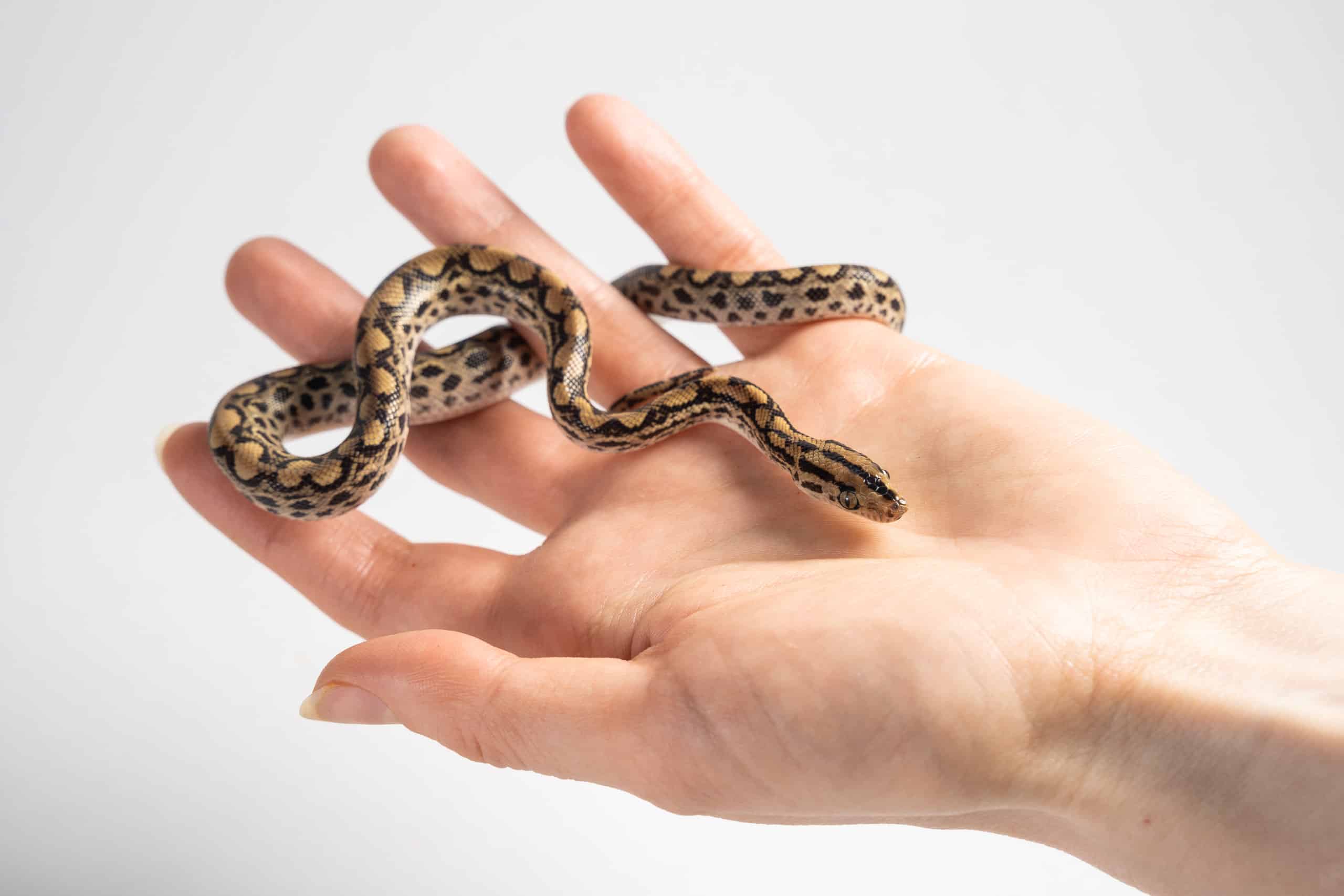When your scaly companion suddenly turns its nose up at mealtime, it can trigger alarm bells for any snake owner. Feeding refusal is one of the most common concerns in reptile husbandry, and understanding why your snake isn’t eating is crucial for addressing the problem effectively. While occasional fasting can be normal for many snake species, prolonged refusal to eat warrants investigation. This article explores the five most common reasons your pet snake might be rejecting food, along with practical solutions to get your serpent’s appetite back on track.
Improper Enclosure Temperatures
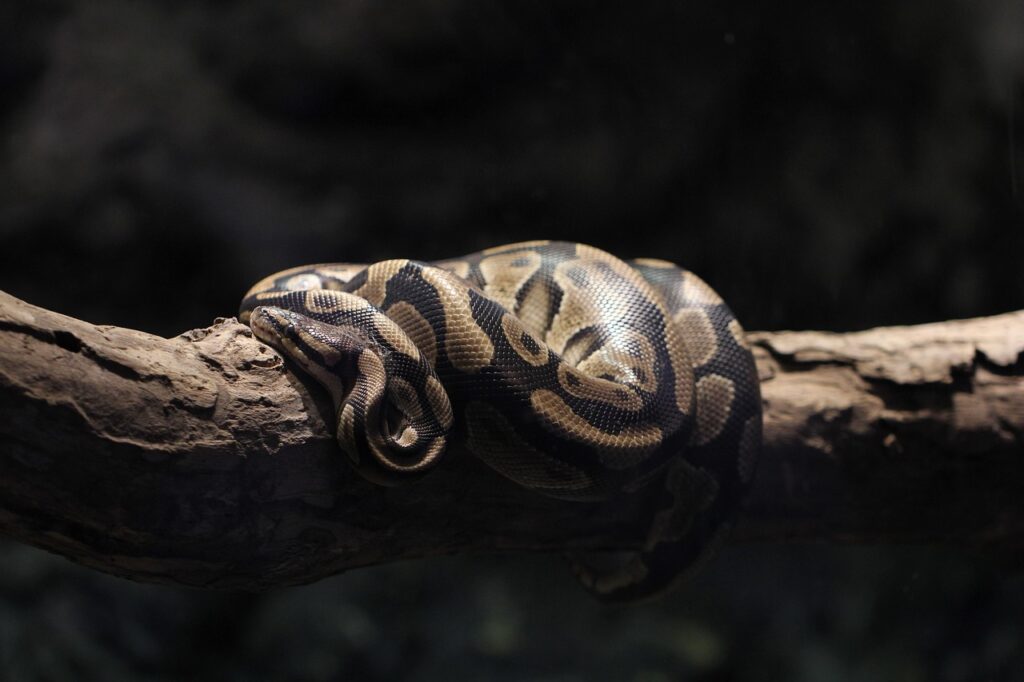
Snakes are ectothermic creatures that rely entirely on their environment to regulate their body temperature, which directly affects their metabolism and appetite. If your enclosure’s thermal gradient is off, your snake may lack the proper body temperature needed to digest food, leading to feeding refusal. Most snake species require a warm side (basking area) between 85-90°F (29-32°C) and a cooler side around 75-80°F (24-27°C), though specific requirements vary by species. Without this proper temperature range, your snake’s digestive enzymes cannot function effectively, making them reluctant to eat what they cannot process. Investing in quality thermometers placed at both ends of the enclosure and reliable heat sources controlled by thermostats is essential for maintaining optimal temperatures.
Shedding Process
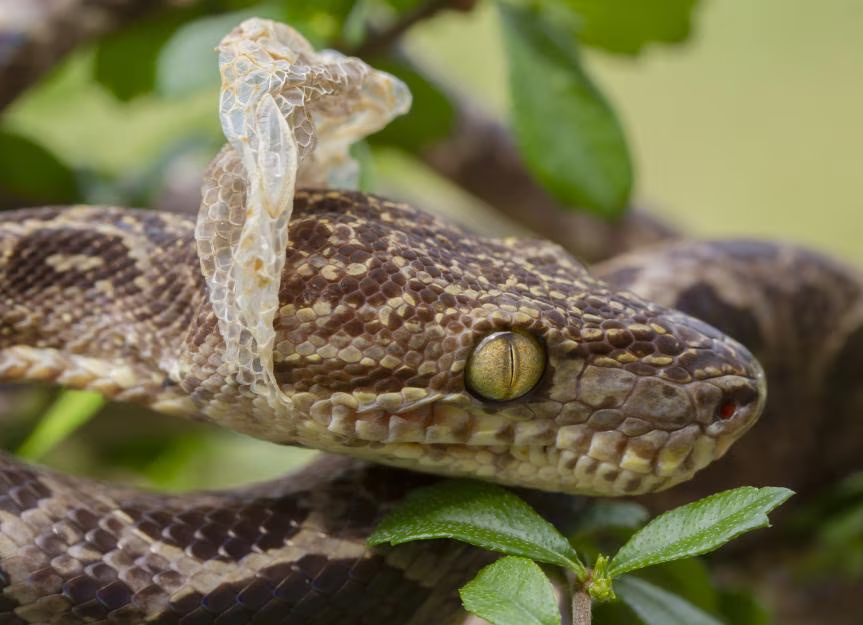
One of the most predictable reasons for feeding refusal in snakes is the approaching or ongoing shedding process, known as ecdysis. During this time, snakes typically become more reclusive and stop eating entirely as their bodies focus energy on producing a new layer of skin. You can identify pre-shed conditions by watching for dull, milky-looking eyes (called “blue phase” or “in blue”), a generally dull body appearance, and increasingly lethargic behavior. This feeding refusal is completely normal and usually lasts from a few days to a couple of weeks, depending on the snake’s size and species. Once your snake has completed its shed, normal feeding behavior typically resumes within a few days, so it’s best to wait until after a successful shed before becoming concerned about anorexia.
Stress Factors
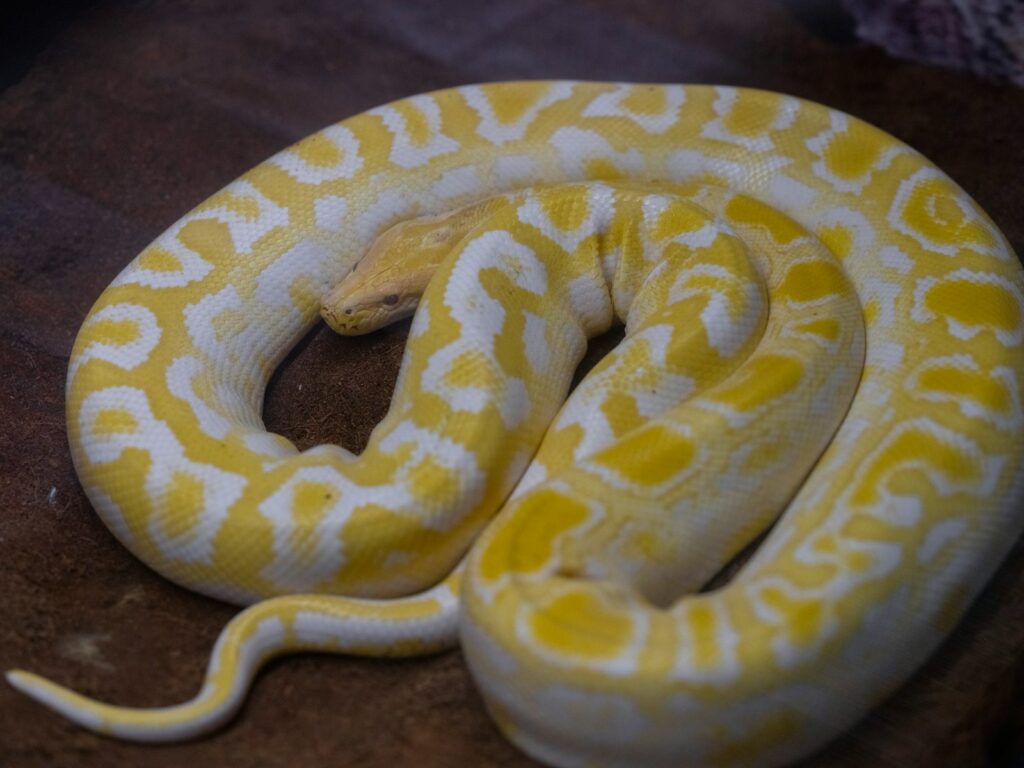
Snakes are surprisingly sensitive creatures that can become stressed by various environmental factors, leading to feeding refusal. Common stressors include frequent handling, excessive noise, improper lighting (too bright or inconsistent day/night cycles), lack of adequate hiding places, or the presence of potential predators nearby (including household pets like cats or dogs). A stressed snake often displays behaviors such as excessive hiding, defensive posturing, rapid breathing, or constant movement around the enclosure seeking escape. Addressing stress requires identifying and eliminating the source—providing multiple secure hides throughout the enclosure, limiting handling during feeding refusal periods, ensuring the enclosure isn’t positioned in high-traffic or noisy areas, and maintaining consistent light cycles. Sometimes, simply covering part of a glass enclosure with paper to reduce visibility can significantly reduce a snake’s stress levels.
Inappropriate Prey Items

Offering the wrong type, size, or preparation of prey can lead to persistent feeding refusal in snakes. Many species have strong preferences or biological requirements regarding their food—some snakes only recognize certain prey animals, while others may reject prey that’s too large or too small relative to their body size. Ball pythons, for instance, often prefer certain rodent species or colors, while some colubrids may only accept specific prey types like lizards or amphibians rather than rodents. Temperature also matters significantly; most snakes prefer prey warmed to approximately body temperature (around 98-100°F or 37-38°C), as this mimics live prey and triggers feeding responses. Experimenting with different prey items, sizes, and presentation methods (such as fresh-killed versus frozen-thawed, or trying feeding tongs versus leaving prey overnight) can sometimes overcome feeding reluctance.
Seasonal Changes and Breeding Behavior
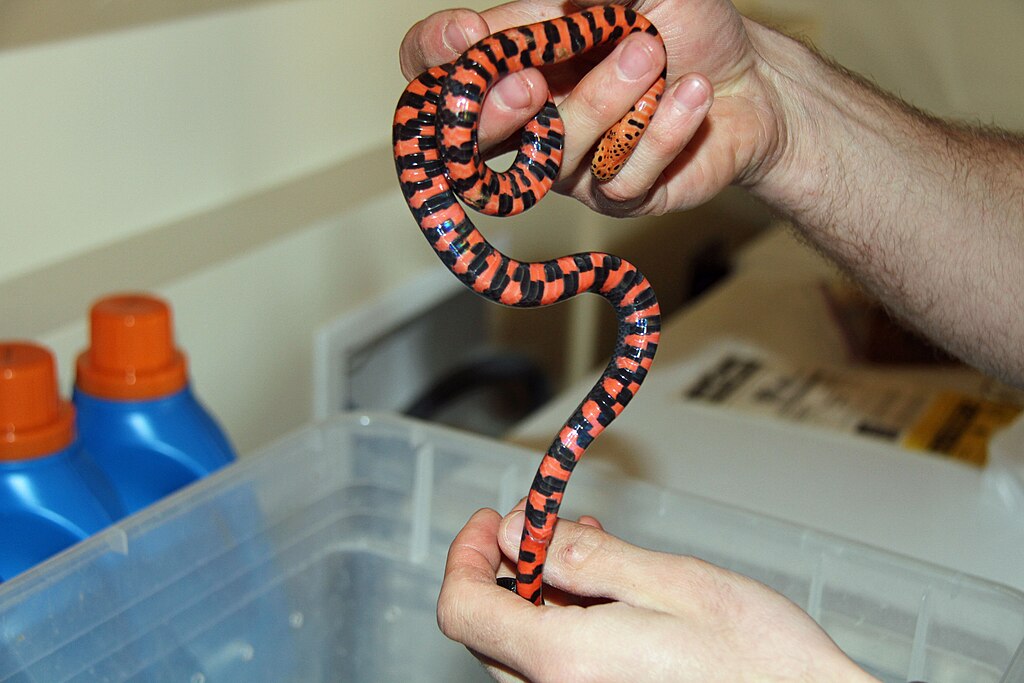
Many snake species exhibit seasonal feeding patterns that can result in natural fasting periods, particularly during winter months or breeding season. This behavior is deeply ingrained in their biology and often occurs even in captivity where temperature and lighting remain constant. Male snakes frequently refuse food during breeding season when their focus shifts entirely to reproductive activities, while females may fast either before or after egg-laying or giving birth. Some species, particularly those from temperate climates, undergo a period called brumation—a reptilian version of hibernation—during which their metabolism slows dramatically and feeding ceases entirely for weeks or even months. Seasonal fasting is typically not concerning if your snake maintains its weight and resumes normal feeding when the natural cycle concludes, though monitoring weight during extended fasts is advisable.
Health Issues

When all environmental and behavioral factors have been ruled out, health problems become a primary concern for feeding refusal. Respiratory infections, often indicated by wheezing, bubbling around the nostrils, or open-mouth breathing, can significantly impact a snake’s appetite and ability to smell prey. Parasitic infections, both internal and external, drain a snake’s energy and can cause discomfort that leads to feeding refusal. Mouth rot (infectious stomatitis) makes eating painful and is characterized by excessive mucus, redness, or swelling around the mouth. Other serious conditions like inclusion body disease (in boas and pythons) or cryptosporidiosis can also manifest initially as feeding refusal before other symptoms become apparent. Any prolonged feeding strike accompanied by weight loss, abnormal behaviors, or physical symptoms warrants a visit to an experienced reptile veterinarian.
Feeding History and Learned Behaviors
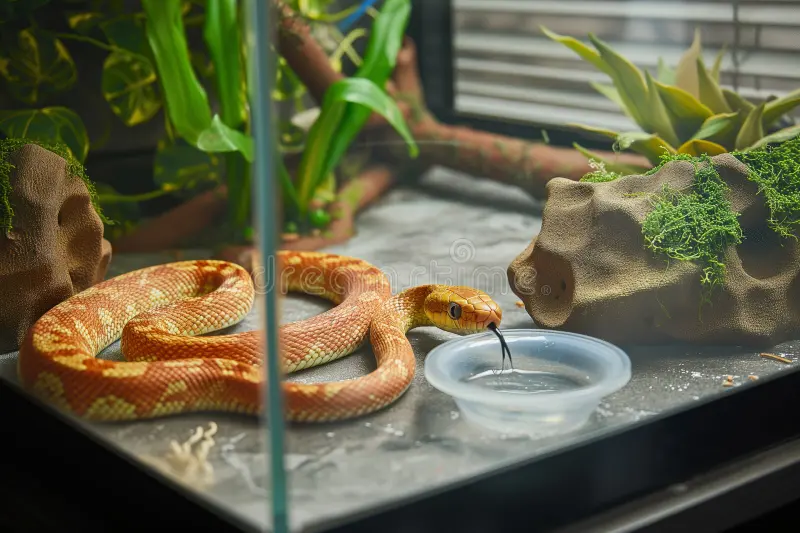
Snakes can develop specific feeding preferences or aversions based on their early experiences, which can complicate feeding in captivity. Snakes wild-caught as adults often refuse frozen-thawed prey initially because they’ve never encountered dead prey in their natural environment. Similarly, captive-bred snakes raised exclusively on one prey type (such as mice) might refuse other rodents like rats, even when they’ve outgrown their original prey size. Some snakes develop negative associations with feeding if they’ve had traumatic experiences, such as being struck by live prey or experiencing painful force-feeding attempts. Working through these learned behaviors requires patience—gradually transitioning between prey types, using scenting techniques (rubbing prey with the scent of preferred food items), or employing specialized feeding chambers separate from the main enclosure can help overcome these hurdles.
Humidity and Hydration Issues
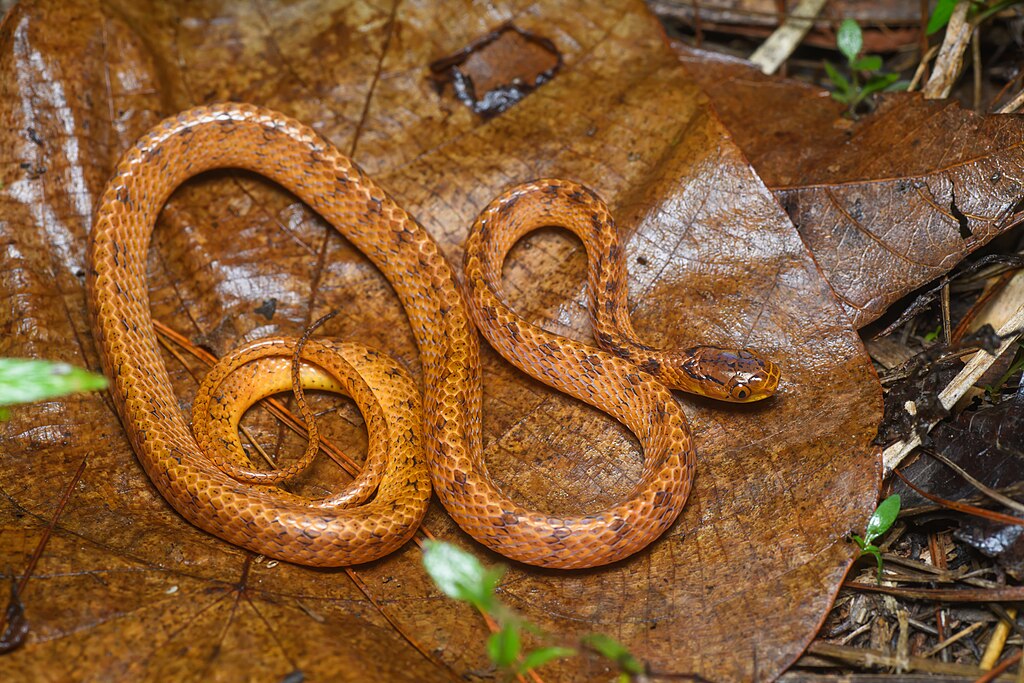
Improper humidity levels and dehydration can significantly impact a snake’s feeding behavior. Each species has specific humidity requirements, and when these aren’t met, snakes may experience respiratory issues, difficulty shedding, or general discomfort that leads to feeding refusal. Dehydration itself can suppress appetite and is often indicated by wrinkled skin, sunken eyes, or particularly thick, viscous saliva. Some species, particularly those from tropical environments like rainbow boas or emerald tree boas, require high humidity levels (70-90%) and may refuse food when kept in overly dry conditions. Ensuring proper hydration through a correctly sized water bowl (large enough for the snake to soak in), appropriate enclosure humidity maintained with proper substrate and misting, and occasional soaking sessions for severely dehydrated individuals can resolve feeding issues related to this factor.
Recent Relocation or New Environment
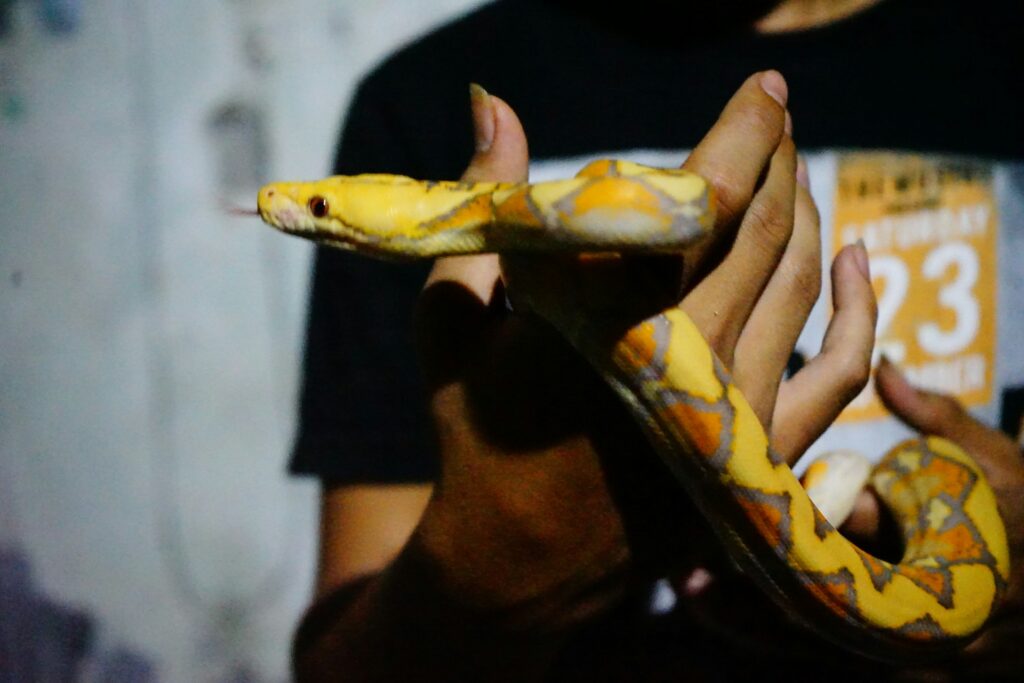
Snakes are highly sensitive to environmental changes, and a recent acquisition or enclosure change often leads to temporary feeding refusal. Many reptile keepers are familiar with the “acclimation period” where newly acquired snakes may refuse food for weeks or even months while adjusting to their new surroundings. This stress response is particularly common in certain species like ball pythons, hognose snakes, and many wild-caught specimens. The standard recommendation is to allow new snakes at least a week to settle in before attempting the first feeding, keeping handling to an absolute minimum during this period. For particularly sensitive species, providing extra hiding places, minimizing visual exposure (covering sides of glass tanks), and maintaining perfect environmental parameters can help reduce acclimation time. Most healthy snakes will eventually begin feeding once they feel secure in their new home.
Inappropriate Enclosure Size
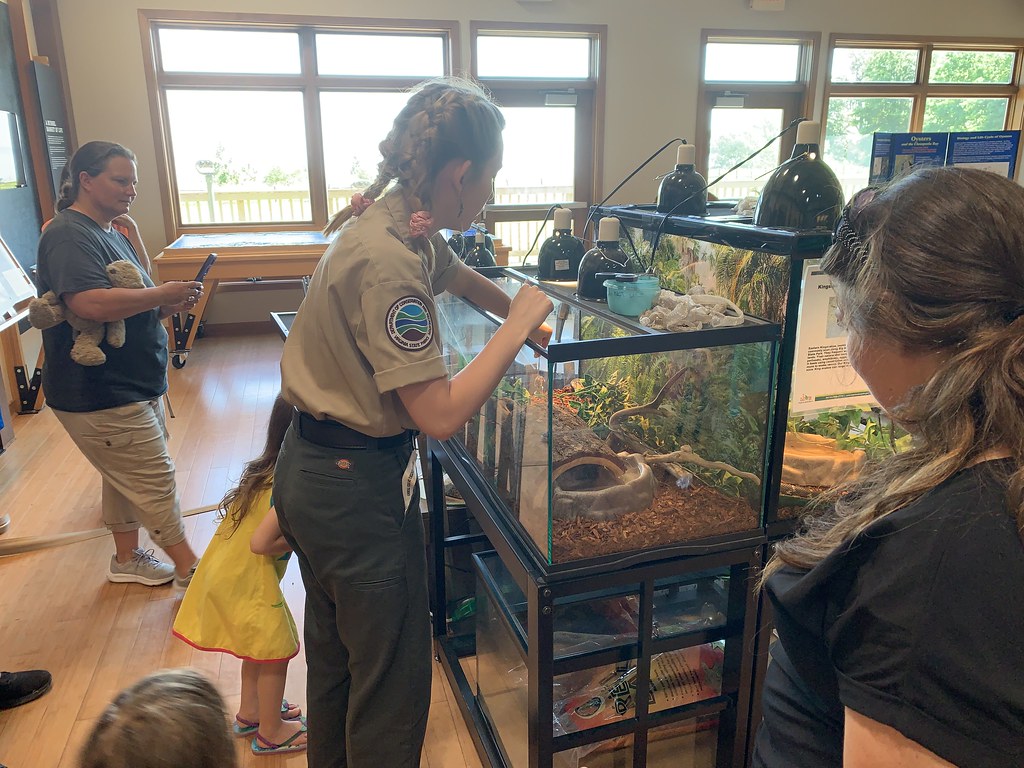
Both overly spacious and cramped enclosures can contribute to feeding problems in snakes. Contrary to popular belief, an excessively large enclosure can actually stress certain snake species, particularly ambush predators like ball pythons, who may feel vulnerable in wide-open spaces. These snakes may refuse food if they don’t feel secure enough to enter the vulnerable state required for feeding and digestion. Conversely, an enclosure that’s too small prevents proper thermoregulation and natural behaviors, also potentially leading to stress-related anorexia. The general rule of thumb is that the enclosure’s perimeter (length + width) should be at least equal to the snake’s length, with arboreal species requiring more vertical space. Providing appropriate enclosure dimensions with plenty of secure hiding spots, visual barriers, and proper thermal gradients creates an environment where a snake feels comfortable enough to feed regularly.
Overfeeding or Digestive Issues
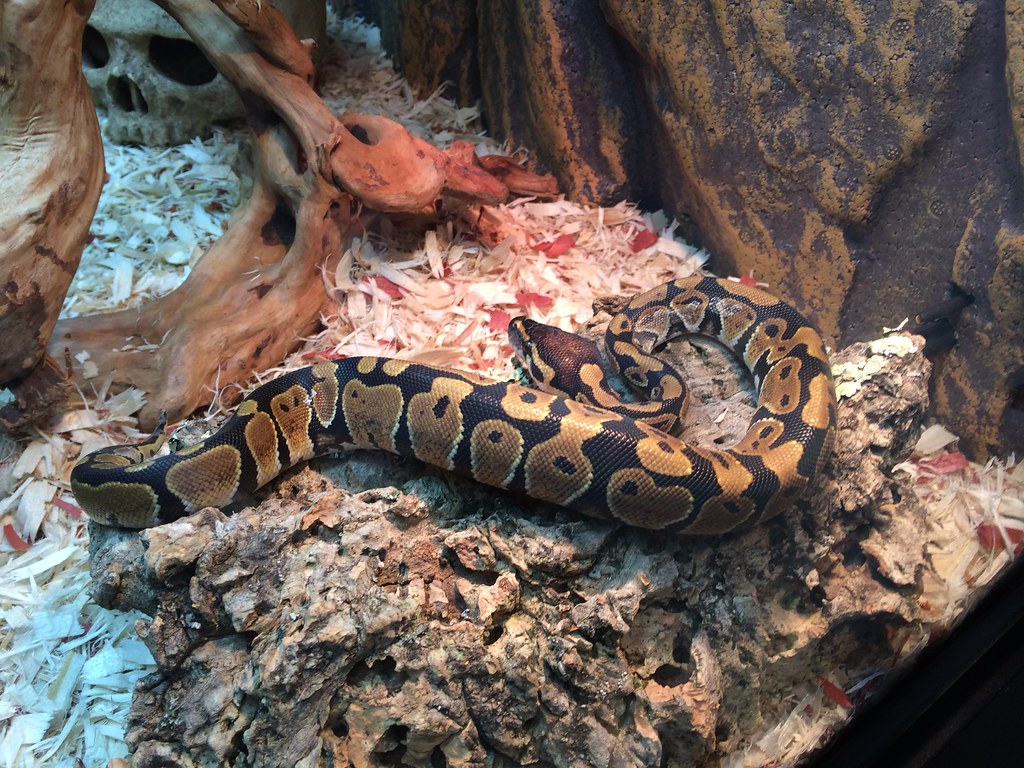
Sometimes what appears to be feeding refusal is actually appropriate self-regulation by a snake that’s been previously overfed or is experiencing digestive difficulties. Snakes have remarkably slow metabolisms compared to mammals, and many owners inadvertently offer food too frequently. A snake with undigested food in its system will typically refuse additional meals until digestion is complete. You can often identify this situation by a visible food bulge or by gently palpating the snake’s midsection to feel for undigested prey. Digestive issues like constipation, impaction, or regurgitation can also lead to subsequent feeding refusal. After a regurgitation episode, it’s crucial to wait at least two weeks before offering food again, then start with smaller prey items to allow the digestive system to recover. Understanding your specific species’ appropriate feeding frequency—which ranges from weekly for growing juveniles to monthly for some adult species—prevents overfeeding issues.
Practical Steps for Addressing Feeding Refusal
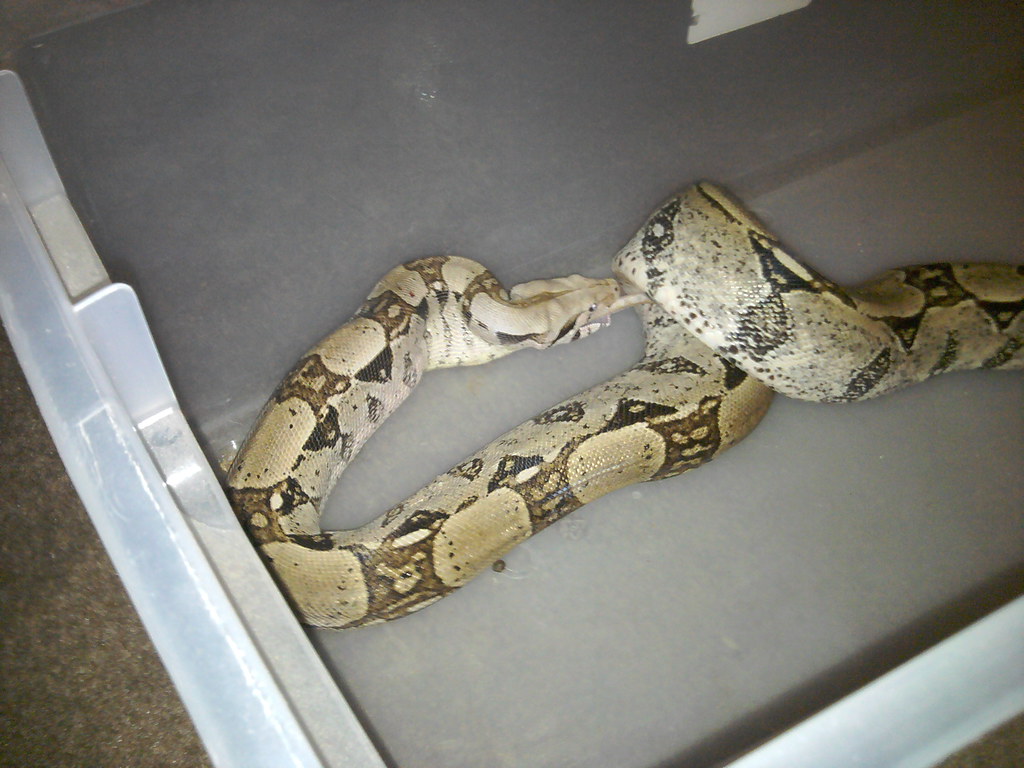
When faced with a snake that won’t eat, a systematic approach helps identify and resolve the underlying issue. Begin by verifying and optimizing all environmental parameters—temperature, humidity, lighting, and habitat enrichment—using accurate measuring tools rather than guessing. Keep a detailed feeding journal recording successful and unsuccessful feeding attempts, prey types, environmental conditions, and behavioral observations to identify patterns. Minimize handling during feeding strikes, as this additional stress can prolong the problem. Try varied feeding techniques such as leaving prey overnight in a secure feeding chamber, using brain scenting (exposing the prey’s brain to release stronger feeding triggers), or trying fresh-killed instead of frozen-thawed prey for particularly difficult feeders. If a snake refuses food for more than 2-3 months (for adults) or shows any weight loss or health deterioration, consult with a reptile veterinarian who can check for underlying medical issues and provide specialized feeding assistance if necessary.
When to Seek Veterinary Care
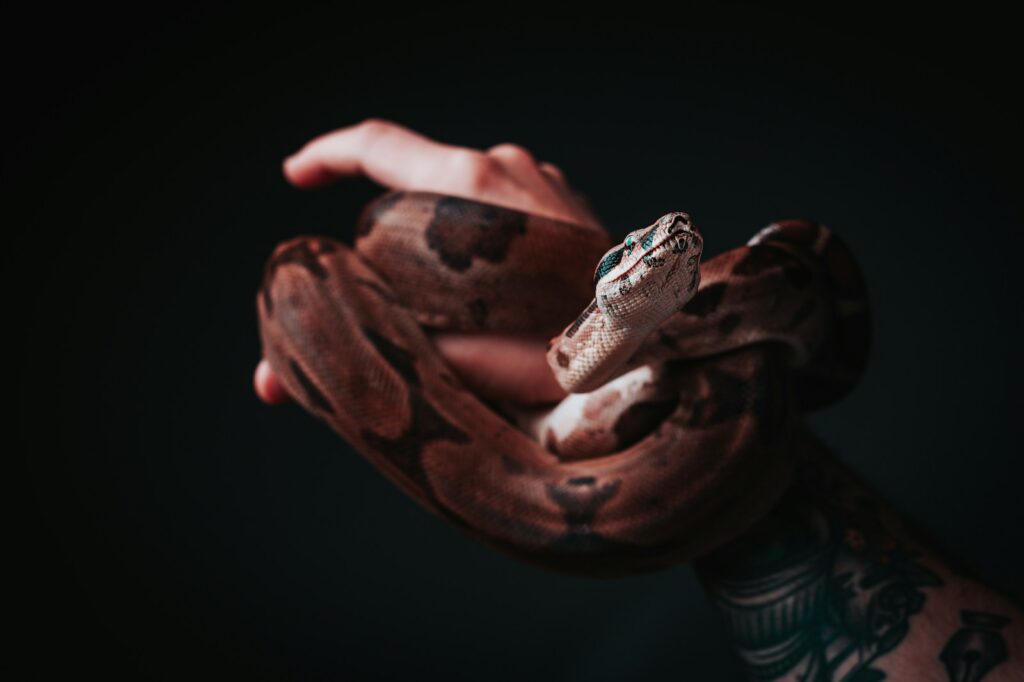
While temporary feeding refusal is common and often resolves with proper husbandry adjustments, certain situations require professional veterinary intervention. Seek immediate veterinary care if your snake shows weight loss exceeding 10% of body weight, visible muscle wasting (particularly noticeable along the spine), abnormal respiration, discharge from the mouth or nostrils, or unusual behaviors like star-gazing (neurological symptoms where snakes look upward uncontrollably). Additionally, prolonged refusal beyond species-specific timeframes—generally one month for juveniles or 2-3 months for healthy adults—warrants medical investigation. A qualified reptile veterinarian can perform physical examinations, fecal testing for parasites, imaging to check for obstructions, and blood work to identify systemic infections or organ dysfunction. Some cases may require assisted feeding techniques that should only be performed by experienced professionals to avoid injury to the snake.
Conclusion
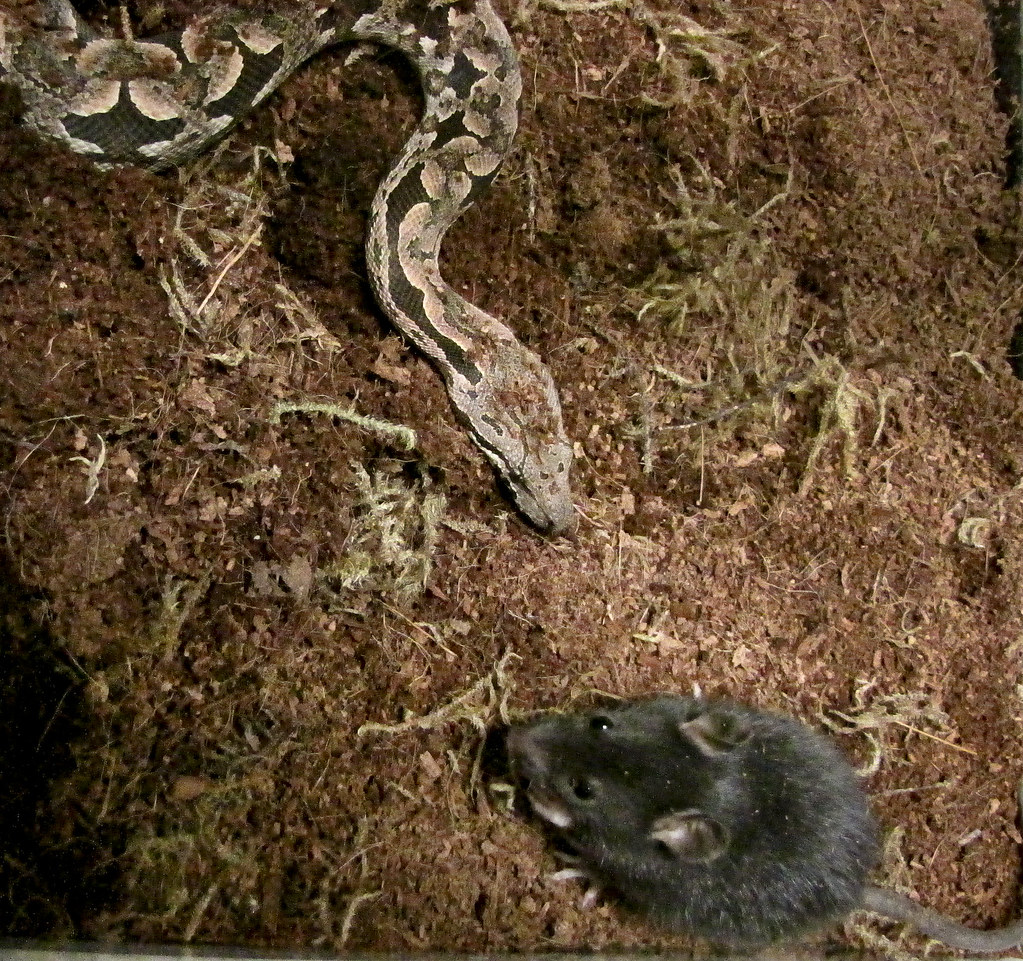
Understanding why your pet snake is refusing food is the first step toward resolving the issue. In most cases, feeding problems stem from husbandry issues that can be addressed with proper enclosure adjustments, patience, and consistency. Remember that different snake species have varying feeding patterns and requirements, so researching your specific species’ natural history provides valuable context for normal versus concerning behavior. While temporary fasting is usually not immediately dangerous for healthy adult snakes, prolonged refusal requires systematic troubleshooting and, if necessary, veterinary intervention. By addressing the common factors outlined in this article and maintaining optimal husbandry practices, most snake feeding issues can be successfully resolved, leading to a healthy, well-nourished reptilian companion.

